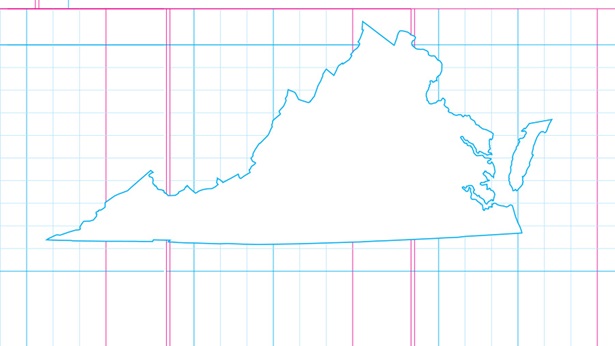
Fiscal & Economic Policy
Sections
- Topics
- Fiscal & Economic Policy
- Antibiotics
- Arts & Culture
- Biomedical Research
- Economic Mobility
- Family Finances
- Global Trends
- Health Care
- Higher Education
- Hispanics
- Infrastructure
- Internet & Tech
- Land Conservation
- Media & News
- Ocean Conservation
- Religion
- Retirement
- Social and Demographic Trends
- U.S. Policy
- U.S. Politics
- U.S. State Policy
- Behavioral Health
Policymakers at all levels of government have many difficult choices to make as rising health care, education, and infrastructure costs place pressures on annual budgets and outpace revenue growth.
Pew helps legislators and public officials confront these challenges by sharing information and highlighting best practices that help governments achieve both short-term and long-term financial health and make smart investments in programs that provide the strongest returns.
Pew also seeks to increase state fiscal accountability, responsibility, and transparency by providing independent and unbiased information to policymakers, stakeholders, and the public, as well as help explain the complex ways that federal and state fiscal policy interact.
Latest Research


Virginia Knows How to Balance Its Budget
Exclusive state-policy research, infographics, and stats every two weeks.
OUR WORK
Related Projects

Over the past several years, the U.S. Department of Education and Congress have made important policy changes to the federal student loan repayment system. But much work remains to ensure that borrowers fully benefit from these new policies...
Read More
The Pew Charitable Trusts’ housing policy initiative works to help policymakers reimagine their approach to housing by illuminating how regulations and statutes drive the housing shortage and rising costs. ...
Read More
A growing list of long-term budgetary challenges is making it increasingly difficult for states to plan for the future and address uncertain financial pressures. The Pew Charitable Trusts helps state policymakers prepare for new and emerging risks...
Read More
Managing a state’s finances—whether working to erase a budget deficit or reaching consensus on what to do with a surplus—is challenging. But planning for fiscal threats beyond the immediate budget cycle is not only far more complex, it’s often...
Read More








